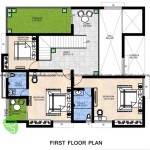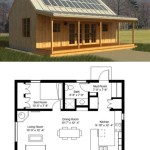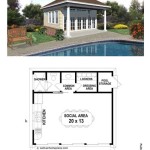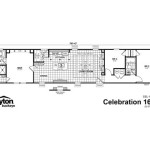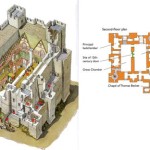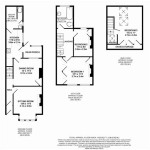Unveiling the Essence of English Manor House Floor Plans
English manor houses, with their rich history and architectural grandeur, are a testament to the refined living of the British aristocracy. Their unique floor plans, influenced by centuries of design and social customs, reflect the multifaceted nature of these grand residences. In this article, we delve into the essential aspects that define the floor plans of these iconic structures.
The Great Hall: A Statement of Power and Prestige
The great hall, the central focal point of an English manor house, served as a symbol of the owner's status and power. Typically located on the ground floor, this vast and lofty space was the setting for banquets, gatherings, and even legal proceedings. Its impressive dimensions, ornate ceiling beams, and grand fireplace would have left visitors in awe.
Formal Reception Rooms: A Showcase of Opulence
Adjacent to the great hall were the formal reception rooms, designed to impress guests and showcase the wealth and taste of the household. The drawing room, reserved for intimate gatherings, was often decorated with elegant furniture, fine paintings, and delicate fabrics. The dining room, used for lavish feasts, featured elaborate table settings and magnificent chandeliers.
Private Apartments: A Haven for Comfort and Intimacy
Tucked away from the public areas, the private apartments offered a sanctuary of comfort for the family and close associates. The master bedroom, often located on the upper floors, was typically spacious and well-lit, with an adjoining dressing room and private bathroom.
Secondary Spaces: A Symphony of Functionality
Beyond the grand and opulent spaces, manor houses also housed a myriad of secondary rooms that served essential functions. The kitchen, a hub of domestic activity, was typically located in the basement or a separate wing to keep cooking odors away from the main areas. Servants' quarters, often located in the attic or a discreet corner of the house, provided accommodation for the numerous staff who maintained the sprawling estate.
Influence of the Elizabethan Era: A Shift towards Symmetry and Order
The Elizabethan era marked a significant shift in manor house architecture, with floor plans embracing symmetry and order. The great hall was relegated to a ceremonial role, while formal reception rooms became more prominent, reflecting the emphasis on entertainment and leisure. Secondary spaces were carefully planned to maximize efficiency and create a cohesive living environment.
Georgian Refinement: A Balance of Elegance and Comfort
The Georgian era brought forth a new wave of architectural elegance and refinement. Floor plans became increasingly sophisticated, with a focus on symmetry, proportion, and natural light. The great hall diminished in importance, replaced by a central hallway that connected the formal reception rooms and private apartments. The library, a haven for intellectual pursuits, became an essential feature of Georgian manor houses.
Conclusion
English manor house floor plans are a fascinating tapestry woven with historical influences, social customs, and architectural ingenuity. From the grand great hall to the intimate private apartments, each space played a vital role in the life of the household. By understanding the essential aspects of these floor plans, we gain a glimpse into the grandeur and complexity of these architectural icons.

English Mansion House Plans From The 1800s Floor Country Plan

Floor Plans English Manor Vanbrouck Associates Luxury Residential Design

Bi S Hatfield Manor House Plans Country Floor Plan

Eastbury Manor House Country Floor Plan Plans

Floor Plans English Manor Vanbrouck Associates Luxury Residential Design

On English Country Houses House Floor Plan Castle Plans

English Country Manor 15878ge Architectural Designs House Plans

English Mansion House Plans From The 1800s Manor Houses

English Country Style Tudor House Plans With 4 Bedrooms

English Manor House 5498lk Architectural Designs Plans

